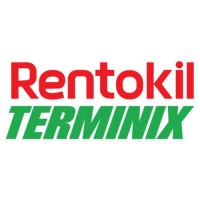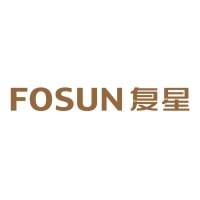
Rentokil Terminix
The Rentokil and Terminix family of brands have come together to form the world’s leading pest control company. With our shared vision, we’ll be expanding our products, services, and technology. And with our combined resources, we’ll do more to power innovation and develop sustainable solutions for our planet. It’s all part of our commitment to putting you first and delivering the highest level of comfort and peace of mind to families, businesses and local communities around the corner and around the globe. This page is intended for corporate updates. To see brand specific content, visit our affiliated pages.






